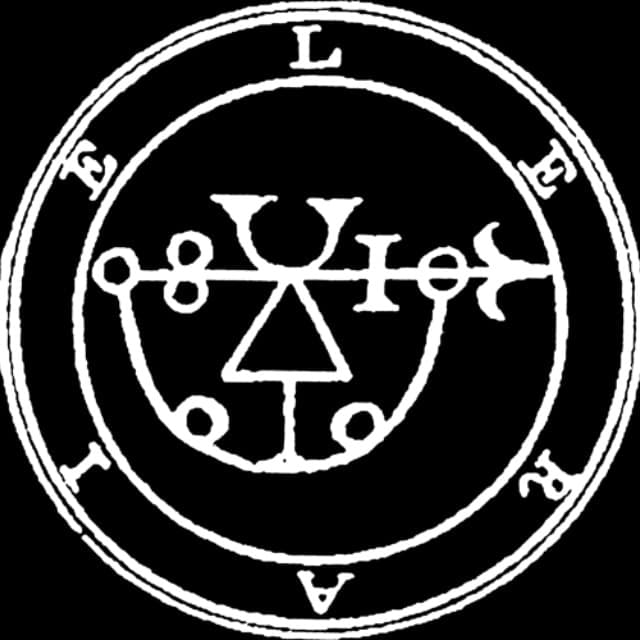- cross-posted to:
- [email protected]
- technology
- [email protected]
- [email protected]
- cross-posted to:
- [email protected]
- technology
- [email protected]
- [email protected]
Today we announce that we have completely removed all traces of disks being used by our VPN infrastructure!



PXE boot will TFTP the boot image into RAM and carry on from there. You shouldn’t need any storage on your device.
I’m aware of PXE, but in order to do so you need either of:
Since the first mode is probably too unsafe, that leaves us with the second mode. Either the operator memorizes a specific IP address and types it into the BIOS each time the server is rebooted, or the IP address (and possibly the checksum of the image) are stored in a single-use pendrive that the operator carries. I wonder which of these two methods is used in this case.
PXE is automagic being basically kind of hacky extension to DHCP stuff.
If PXE is enabled the machine will automatically find it via a DHCP relay on the network.
Why do you think that’s unsafe?
I’ve never done this, but I believe server network cards can be configured for PXE automatically so
Bios -> network card -> PXE over network
So the storage is in the bios config, and then I guess the network card has its own kind of bios?
So there is still one single damning piece of information stored in the servers after all - the IP address to fetch the PXE boot image from. But hey, if Mullvad finds a way to strip even that out of the servers, that’d be great
Why is it damning?
Because by knowing which IP is the boot image stored from, law enforcement can locate the source of the unencrypted image, thus making the scheme lose its privacy. The only way to bypass the issue is by manually configuring the IP after every reboot and keeping it a secret.
Why does being able to access the unencrypted image pose such a problem?
Because by doing so, law enforcement can manipulate the image from the source by:
Unless, of course, the BIOS stores the checksum of the untainted image. (Which adds its own can of worms, because that would make legitimate image upgrades require writing the new proper checksum on each server)